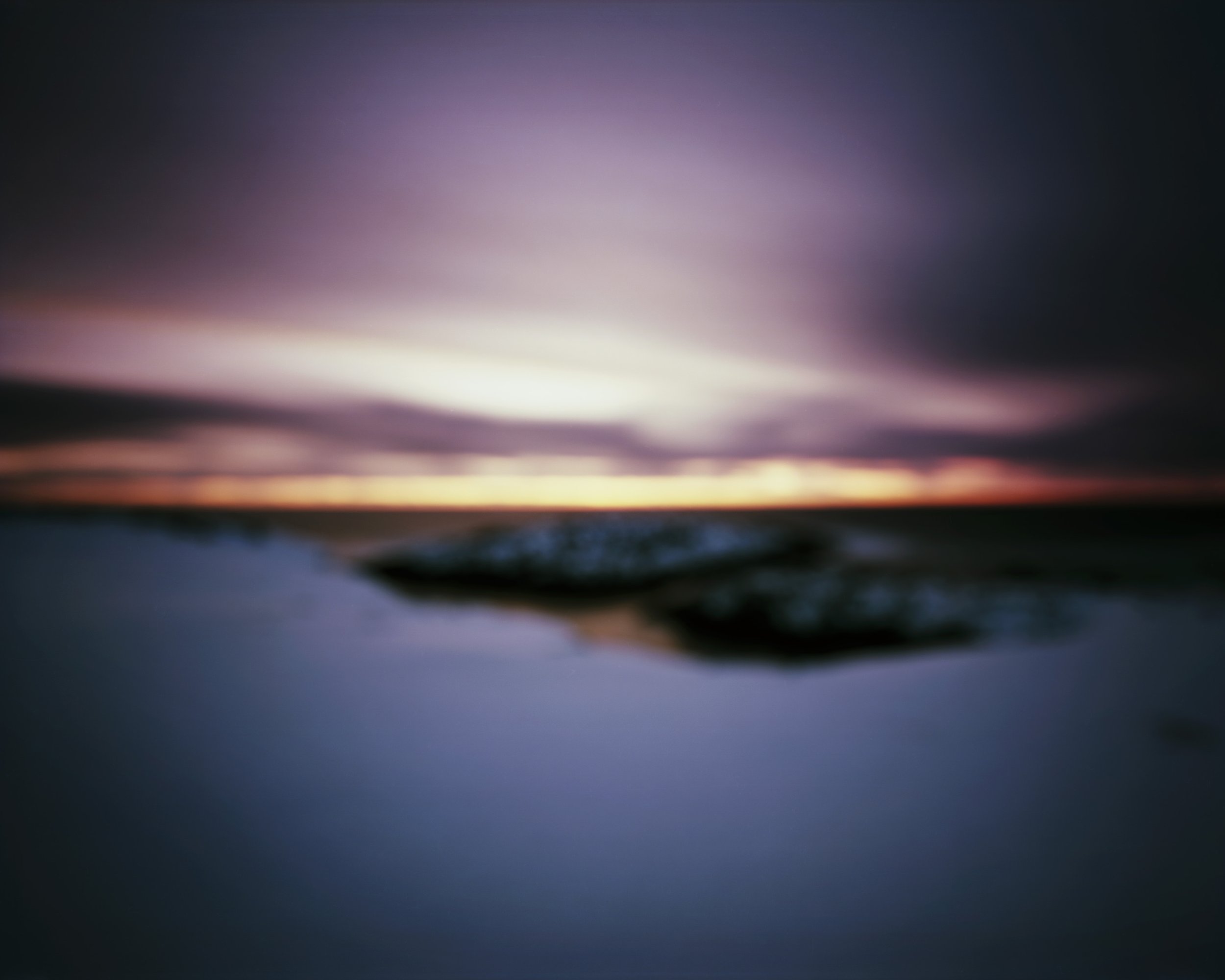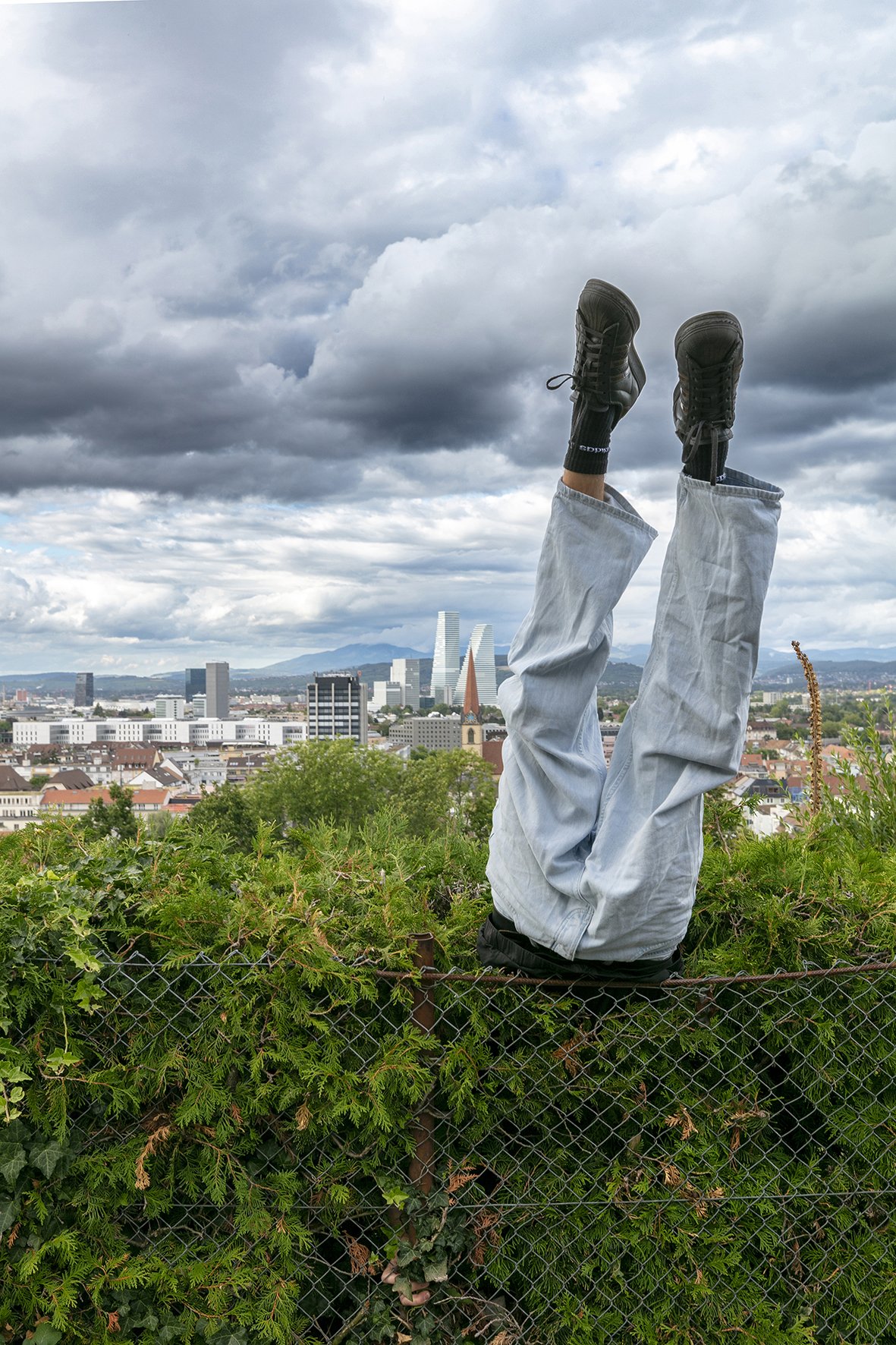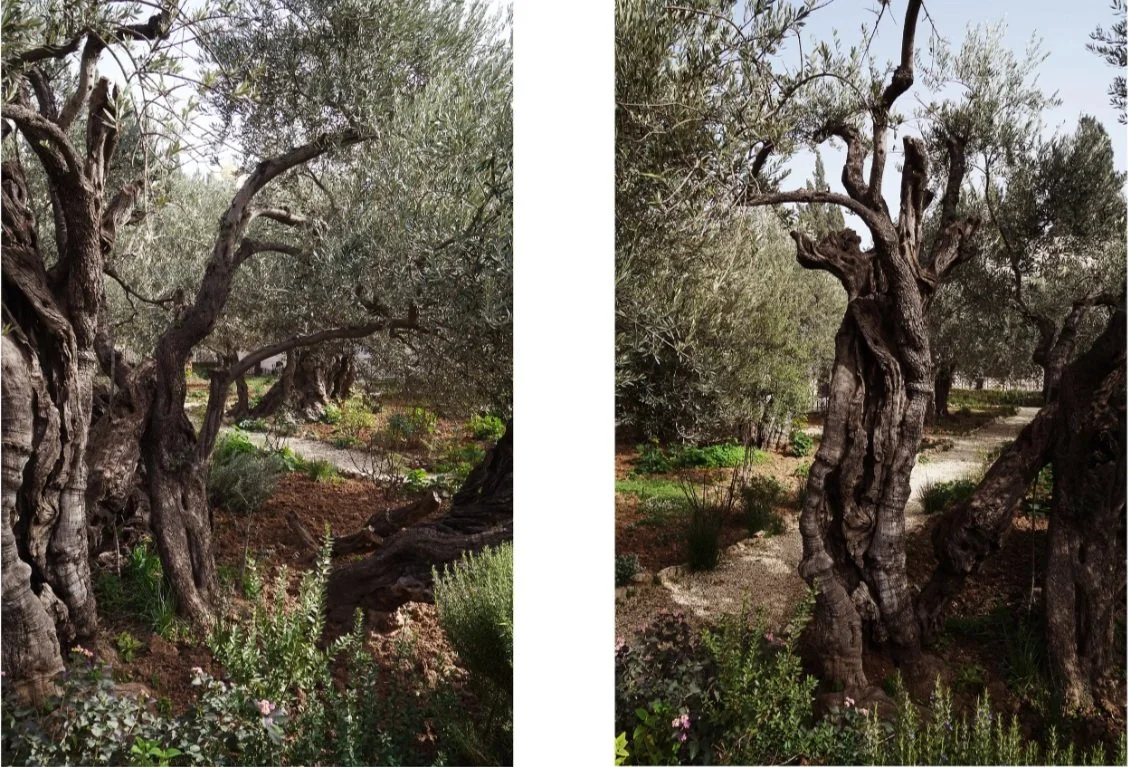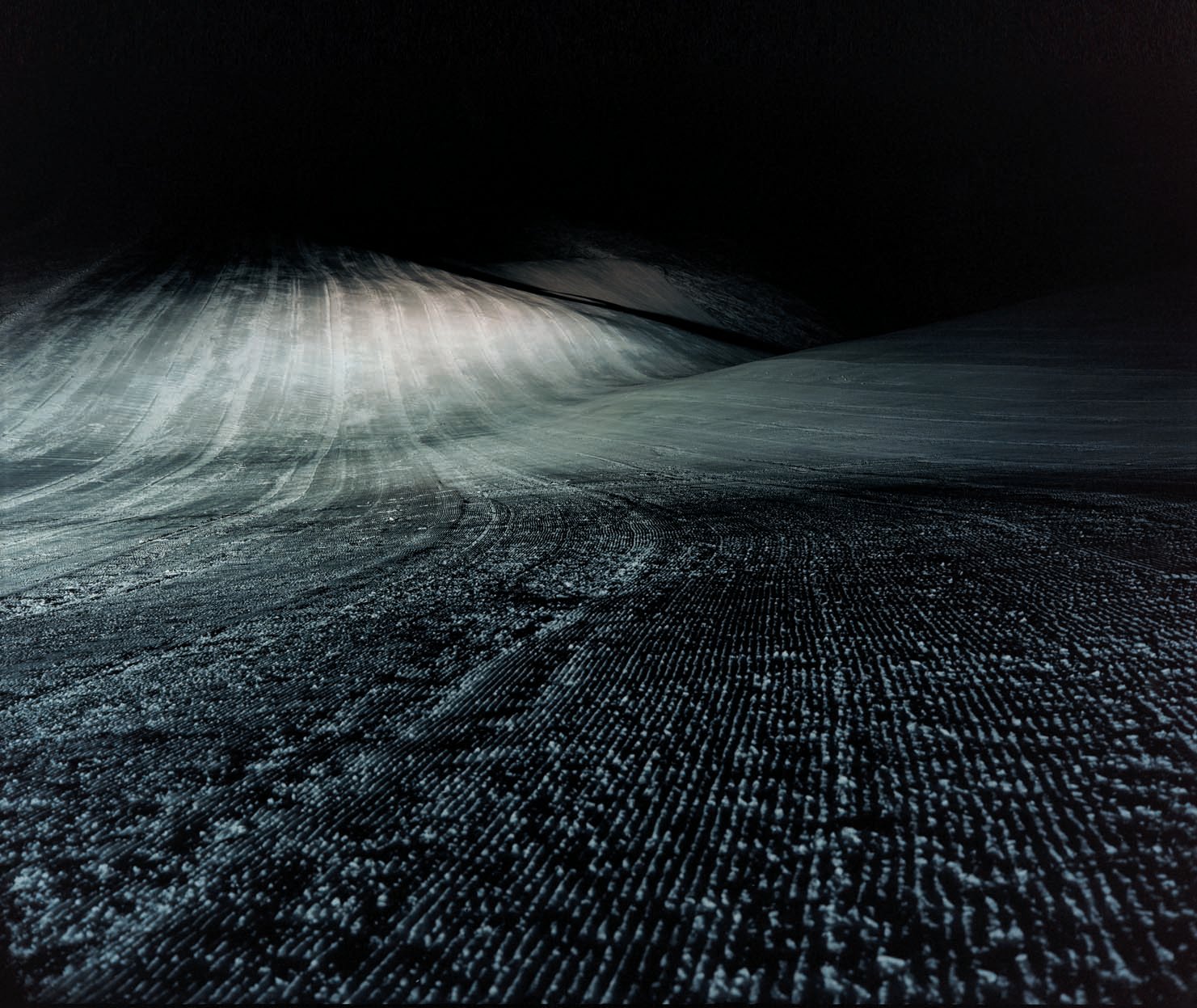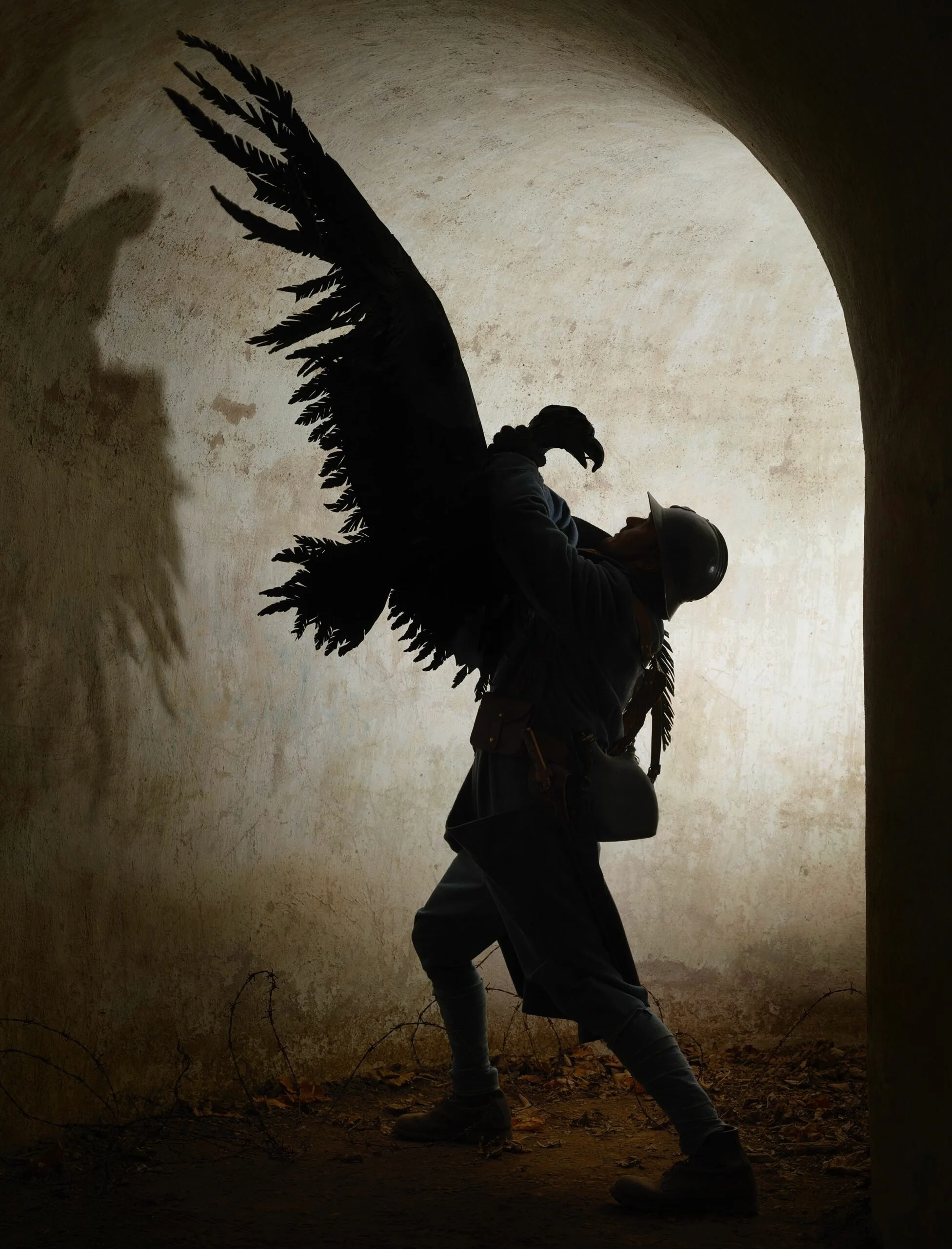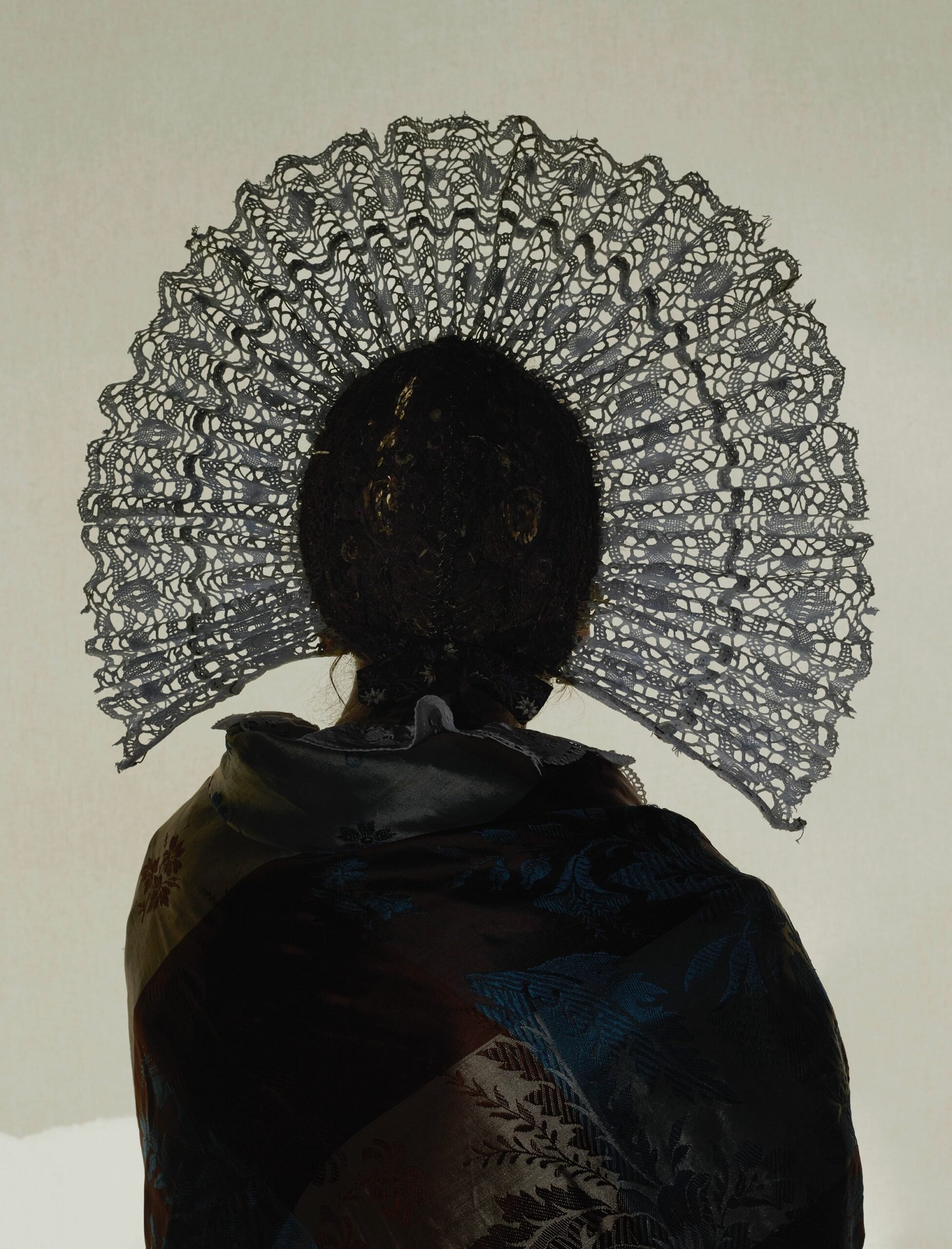
Lokalaugenschein - Peter Dressler | Fotohof | Salzburg
Fotohof | Salzburg
30. November 2023
Lokalaugenschein
Peter Dressler
Hotel Ambassador, Bukarest, 2009 © Peter Dressler
Wie wenige andere Persönlichkeiten hat Peter Dressler als Künstler, Akademielehrer, Sammler und kritischer Teilnehmer der Kunstszene die österreichische Fotografie seit den 1970er-Jahren mit beeinflusst. Die Beziehung mit ihm geht bis in die frühen Gründungsjahre des Fotohofs zurück – 1985 erstmals in einer Gruppenausstellung gezeigt, folgte 1989 die Einzelausstellung »Zwischenspiel« und weitere danach. Auch die meisten seiner Künstlerbücher konnten wir in der FOTOHOF>EDITION herausbringen. Zwei Jahre nach seinem Tod 2013 übernahmen wir im FOTOHOF>ARCHIV seinen gesamten künstlerischen Nachlass. »Wiener Gold« war der Titel seiner aus dem Nachlass erarbeiteten Retrospektive 2016 im Kunsthaus Wien mit umfangreichem Katalogbuch.
Dresslers Interesse an der Fotografie war seit jeher (kunst)historisch fundiert. Sein frühes Abgehen vom Einzelbildprinzip, die Entwicklung einer eigenen Bildsprache und im weiteren assoziativer und narrativer Sequenzen –- komplex und witzig gleichermaßen –, das Bestehen auf formalen Definitionen – Bildformat, Ausschnitt, Printqualität, Präsentationsform – stehen für eine souveräne künstlerische Haltung im Umgang mit den Möglichkeiten des Mediums.
Die aktuelle Ausstellung reflektiert Dresslers lebenslanges Interesse an unseren osteuropäischen Nachbarländern und ihrer Fotografie. In bisher ungezeigten Werkgruppen folgen wir Dressler nach Prag, Bukarest oder Chisinău und erleben seine Sensibilität für den »spirit of the place«, seinen Humor und Sinn für manchmal absurde Komik.
Comme peu d'autres personnalités, Peter Dressler a contribué à influencer la photographie autrichienne depuis les années 1970 en tant qu'artiste, professeur d'académie, collectionneur et participant critique à la scène artistique. Notre relation avec lui remonte aux premières années de fondation de Fotohof - présenté pour la première fois en 1985 dans une exposition de groupe, il a été suivi en 1989 par l'exposition individuelle "Zwischenspiel" et d'autres par la suite. Nous avons également pu éditer la plupart de ses livres d'artistes dans la FOTOHOF>EDITION. Deux ans après sa mort en 2013, nous avons repris l'ensemble de son héritage artistique dans les FOTOHOF>ARCHIVES. "Wiener Gold" était le titre de sa rétrospective 2016 au Kunsthaus Wien, élaborée à partir de son héritage et accompagnée d'un livre-catalogue très complet.
L'intérêt de Dressler pour la photographie a toujours été fondé sur l'histoire (de l'art). Son abandon précoce du principe de l'image unique, le développement d'un langage visuel propre et, par la suite, de séquences associatives et narratives -- à la fois complexes et drôles -, l'insistance sur les définitions formelles - format d'image, cadrage, qualité d'impression, forme de présentation - témoignent d'une attitude artistique souveraine dans l'utilisation des possibilités du médium.
L'exposition actuelle reflète l'intérêt de toute une vie de Dressler pour les pays voisins d'Europe de l'Est et leur photographie. Dans des groupes d'œuvres jamais montrés jusqu'à présent, nous suivons Dressler à Prague, Bucarest ou Chisinău et découvrons sa sensibilité à l'"esprit du lieu", son humour et son sens du comique parfois absurde.
Come artista, insegnante d'accademia, collezionista e partecipante critico alla scena artistica, Peter Dressler ha influenzato la fotografia austriaca dagli anni Settanta come poche altre personalità. Il rapporto con lui risale ai primi anni di fondazione del Fotohof - la prima mostra è stata una collettiva nel 1985, seguita dalla personale "Zwischenspiel" nel 1989 e da altre successive. Abbiamo anche potuto pubblicare la maggior parte dei suoi libri d'artista nella FOTOHOF>EDITION. Due anni dopo la sua morte, nel 2013, abbiamo rilevato il suo intero patrimonio artistico nell'ARCHIVIO FOTOHOF>. "Wiener Gold" è il titolo della sua retrospettiva del 2016 alla Kunsthaus Wien, che è stata realizzata a partire dal suo patrimonio e comprende un ampio catalogo.
L'interesse di Dressler per la fotografia è sempre stato radicato nella storia (dell'arte). Il suo precoce allontanamento dal principio dell'immagine singola, lo sviluppo di un proprio linguaggio visivo e successivamente di sequenze associative e narrative - complesse e spiritose in egual misura - e la sua insistenza sulle definizioni formali - formato dell'immagine, ritaglio, qualità di stampa, forma di presentazione - sono sinonimo di un atteggiamento artistico sicuro nell'affrontare le possibilità del mezzo.
La mostra attuale riflette l'interesse di Dressler per i nostri vicini dell'Europa orientale e per la loro fotografia. In gruppi di opere inedite, seguiamo Dressler a Praga, Bucarest o Chisinău e sperimentiamo la sua sensibilità per lo "spirito del luogo", il suo umorismo e il senso della commedia a volte assurda.
As an artist, academy teacher, collector and critical participant in the art scene, Peter Dressler has helped to influence Austrian photography since the 1970s like few other personalities. Our relationship with him goes back to the early founding years of FOTOHOF – first shown in a group exhibition in 1985, followed by the solo exhibition »Zwischenspiel« in 1989 and others thereafter. We were also able to publish most of his artist books with FOTOHOF>EDITION. Two years after his death in 2013, we were able to get his entire artistic estate as part of FOTOHOF>ARCHIV. »Wiener Gold« was the title of his 2016 retrospective at the Kunsthaus Wien, which was compiled from his estate and included an extensive catalog book.
Dressler's interest in photography has always been based on (art) history. His early departure from the single-image principle, the development of his own pictorial language and, by extension, associative and narrative sequences – complex and witty in equal measure –, the insistence on formal definitions – image format, cropping, print quality, form of presentation – stand for a sovereign artistic attitude in dealing with the possibilities of the medium.
The current exhibition reflects Dressler's lifelong interest in our neighboring Eastern European countries and their photography. In previously unseen groups of works, we follow Dressler to Prague, Bucharest, or Chisinău and experience his sensitivity to the »spirit of the place,« his humor and sense for sometimes absurd comedy.
(Text: Rainer Iglar / Brigitte Blüml)







